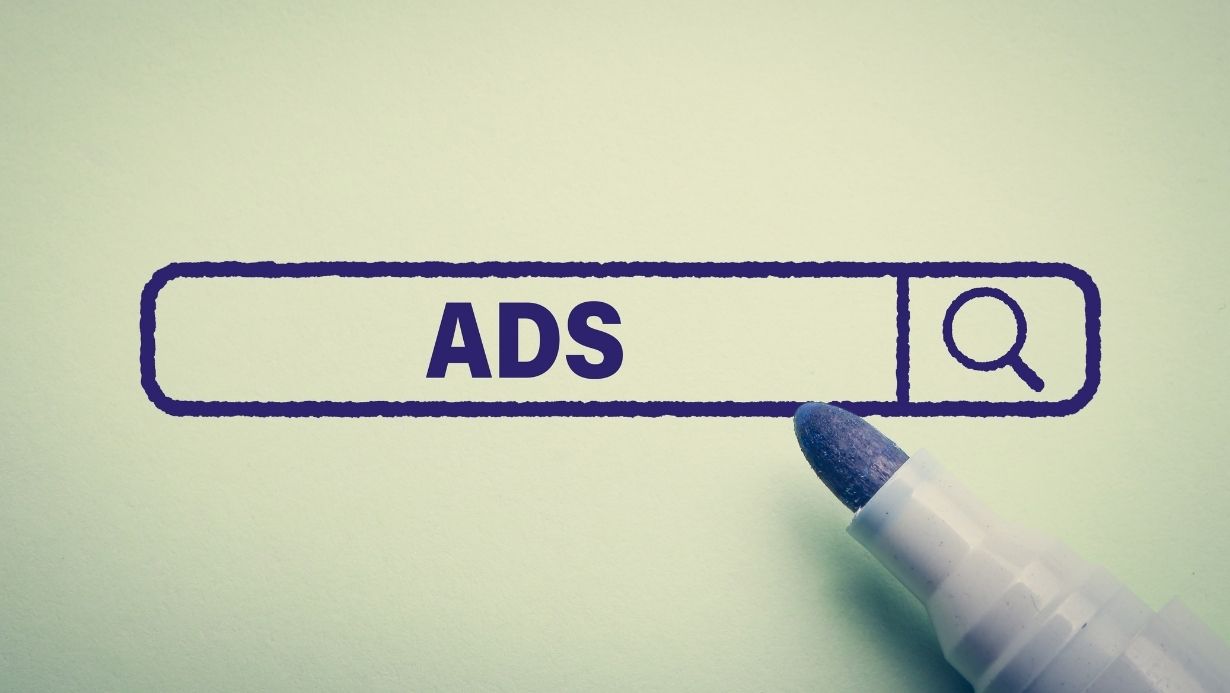
What Is Involved in Google Ads Optimization – 2025
You launched your Google Ads campaign with excitement filled with hopes of traffic, conversions, and growth. But a few days in, your budget feels like it’s vanishing faster than coffee on a Monday morning. Sound familiar? You’re not alone. Many marketers set their ads live and wait… but waiting is not a strategy. That’s why Google Ads optimization is no longer a nice-to-have it’s the lifeline of every successful digital campaign in 2025.
So what exactly does optimizing your Google Ads involve? It’s not just about tweaking a headline or adjusting a bid. It’s a layered, ongoing process that transforms chaotic clicks into meaningful actions. Google Ads optimization is how you ensure that every dollar you spend moves your business forward not sideways. This guide unpacks every component of that journey, and by the end, you’ll know how to take control and scale with confidence even if you’re just starting out.
Why Google Ads Optimization Is Crucial in 2025
In a landscape where competition is brutal and automation is rising, being passive is dangerous. You can’t “set it and forget it” anymore. Google Ads optimization is your answer to cutting waste, increasing conversions, and outsmarting your competition—even if they outspend you.
The Stakes Have Changed
Google’s algorithm is smarter, user behavior is more complex, and ad costs have risen. Without consistent optimization, you risk becoming background noise in a world that rewards only the most relevant and intentional advertisers.
Key Elements Involved in Google Ads Optimization
Let’s break down what’s truly involved when we talk about optimizing your Google Ads.
1. Keyword Management and Refinement
Your keywords are the foundation. But not every keyword deserves your money.
What to Focus On:
- Use exact and phrase match types to control relevance.
- Regularly add negative keywords to eliminate wasted spend.
- Analyze search terms weekly to catch new trends and misfires.
A strong Google Ads optimization routine always includes ongoing keyword curation.
2. Ad Copy and Creative Testing
Even the best keywords fail if your message doesn’t resonate.
What to Do:
- A/B test headlines and descriptions consistently.
- Highlight benefits over features—especially emotional triggers.
- Match ad copy tightly with landing page experience.
Small tweaks in copy can mean major drops in cost-per-click.
3. Bidding Strategy Adjustments
Let Google handle the math, but you steer the direction.
Options That Matter:
- Start with Enhanced CPC or Max Conversions.
- Use Target ROAS when you have enough data.
- Set bid caps for high-cost clicks in non-performing areas.
Google Ads optimization is about finding balance—automation + manual oversight.
4. Audience Segmentation and Demographics
All traffic is not equal. Know who’s clicking—and who’s buying.
Optimization Tactics:
- Layer demographics over in-market segments.
- Exclude irrelevant age groups or locations.
- Use remarketing lists to reconnect with cart abandoners or page visitors.
Smart segmentation = higher ROI without raising spend.
5. Landing Page Experience
What happens after the click is just as important.
Key Fixes:
- Improve page speed (especially mobile).
- Make CTA visible, bold, and frictionless.
- Align content with ad promise—avoid disconnects.
No Google Ads optimization is complete without improving the post-click journey.
6. Conversion Tracking Setup
You can’t optimize what you don’t measure.
Essential Actions:
- Set up conversions in Google Ads and Analytics 4.
- Track micro and macro conversions (form fills, button clicks, purchases).
- Use attribution models to understand which touchpoints drive value.
Optimization starts with visibility.
Real Impact: What Happens When You Actually Optimize
A home décor brand spending $4,000/month saw no sales. After implementing structured Google Ads optimization:
- Removed 300+ irrelevant search terms
- Switched from broad to phrase match
- Rebuilt landing pages to match ad language
- Introduced Target ROAS strategy
Result: ROAS jumped from 0.6 to 3.2 in 45 days. Same budget, completely different outcome.
Desire: Why You Should Care Deeply About Optimization
Because your ad budget isn’t Monopoly money. It’s the result of hard work, time, and belief in your product. Wasting it—by letting underperforming ads run unchecked—is like watching opportunity melt in slow motion.
Google Ads optimization helps you turn guesswork into growth. It’s your roadmap to better margins, lower stress, and higher confidence in every campaign you launch.
Action: Your Next Steps Toward Smarter Ad Performance
Let’s make this practical. Here’s how to begin your optimization routine today:
- Audit your account – Are your keywords matching your goals?
- Pause underperformers – Ads with high CPC and low CTR? Time to let go.
- Run A/B tests weekly – New copy, new audiences, new images.
- Align goals with bidding – Don’t optimize for clicks if what you need is sales.
Remember, Google Ads optimization isn’t a task—it’s a mindset. Stay curious. Stay vigilant. And don’t be afraid to challenge what’s not working.
FAQs
How often should I optimize my Google Ads campaigns?
Ideally every week. Even small changes in performance can compound over time if caught early.
What’s the biggest mistake advertisers make?
Setting campaigns live and not touching them for weeks. Without regular optimization, even great campaigns lose efficiency.
Can Google Ads optimization be automated?
Partially, yes. But full automation without strategy leads to generic results. Combine smart tools with human judgment for the best outcomes.







